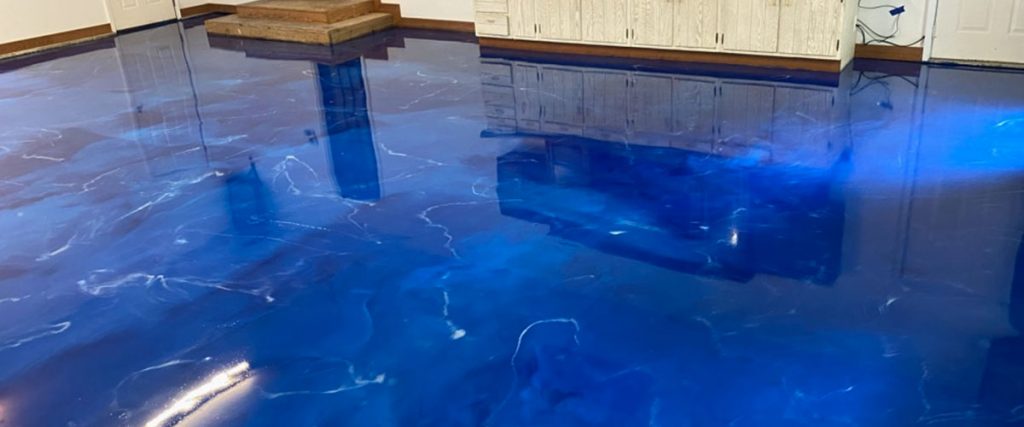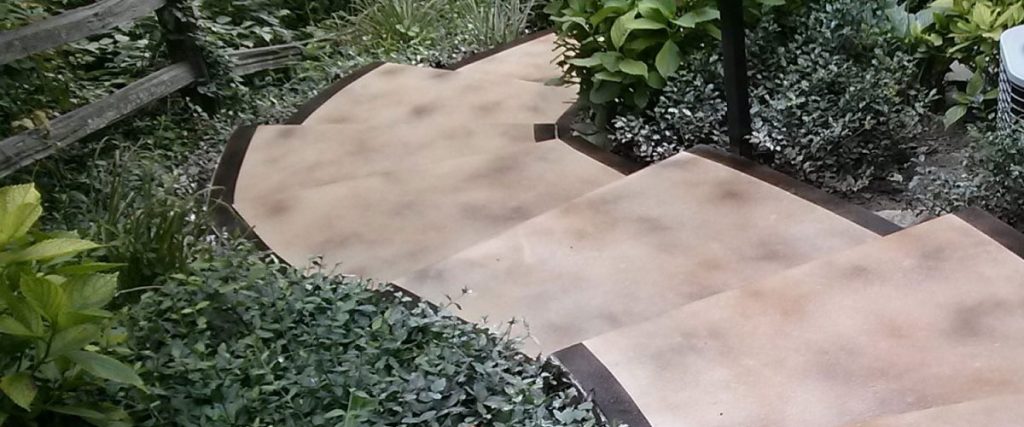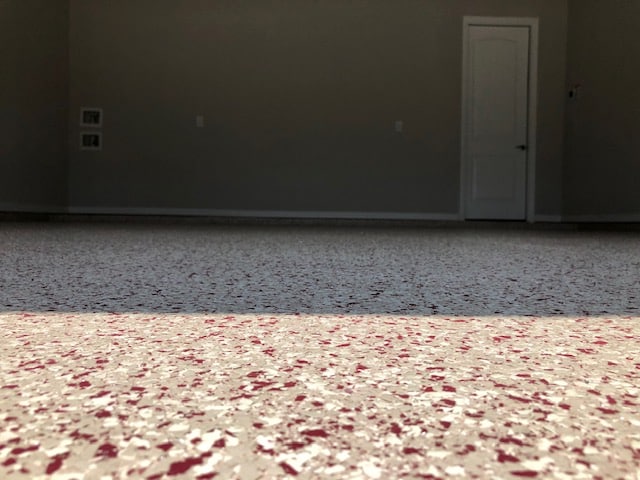Decorative concrete is a popular choice for a wide range of applications, from residential driveways and patios to commercial walkways and industrial flooring. While the lifespan of decorative concrete can vary depending on a variety of factors, such as the quality of the materials used, the expertise of the installer, and the level of maintenance provided, there are some general guidelines that can be followed to help ensure the longevity of this versatile material.
The Lifespan of Decorative Concrete
When properly installed and maintained, decorative concrete can last for many years, providing a durable and aesthetically pleasing surface for a wide range of applications. In general, the lifespan of decorative concrete can be broken down into three main phases: the initial curing period, the period of maximum strength, and the long-term maintenance phase.
Initial Curing Period
The initial curing period is perhaps the most critical phase in the lifespan of decorative concrete. During this time, which typically lasts for several days to several weeks depending on the type of concrete and the environmental conditions, the concrete is allowed to dry and harden to its full strength.
Proper curing is essential for ensuring the longevity of decorative concrete, as it helps to prevent cracking, shrinkage, and other forms of damage that can occur when the concrete is not given enough time to properly set. During the curing process, it is important to keep the concrete moist and avoid exposing it to extreme temperatures or other environmental factors that can interfere with the curing process.
Period of Maximum Strength
Once the concrete has fully cured, it enters a period of maximum strength, during which it is able to withstand a wide range of stresses and strains without sustaining damage. This period typically lasts for several years, although the exact duration will depend on a variety of factors, including the quality of the materials used, the level of traffic or use, and the amount of maintenance provided.
During this phase, it is important to take steps to protect the concrete from damage, such as sealing the surface to prevent moisture penetration and staining, avoiding the use of harsh chemicals or abrasives that can scratch or etch the surface, and avoiding heavy or sharp objects that can cause cracks or other forms of damage.

Long-Term Maintenance Phase
Finally, after the period of maximum strength has passed, the concrete enters a long-term maintenance phase, during which it will require ongoing care and attention to maintain its appearance and performance. This phase can last for many years or even decades, depending on the level of maintenance provided.
Some key maintenance tasks that can help to prolong the lifespan of decorative concrete include regular cleaning and sealing to prevent staining and moisture penetration, periodic reapplication of sealant to maintain the protective coating, and the use of non-abrasive cleaning agents and tools to avoid scratching or etching the surface.
Factors that Affect the Lifespan of Decorative Concrete
While the general lifespan of decorative concrete can be broken down into these three phases, there are many factors that can influence the actual duration of each phase, as well as the overall lifespan of the concrete. Some key factors to consider include:
Quality of the Materials Used
The quality of the materials used to make the decorative concrete can have a significant impact on its lifespan. High-quality materials that are formulated to resist staining, moisture penetration, and other forms of damage can help to ensure that the concrete lasts for many years without requiring extensive maintenance or repairs.
Expertise of the Installer
The expertise of the installer who lays the decorative concrete is another important factor to consider. A skilled installer who understands the proper techniques for preparing the site, pouring the concrete, and curing it can help to ensure that the concrete sets properly and remains durable over the long term.
Environmental Factors
Environmental factors, such as temperature, humidity, and exposure to sunlight, can also play a role in determining the lifespan of decorative concrete. Extreme temperatures, for example, can lead to cracking and other forms of damage, while high levels of moisture can cause the concrete to weaken over time.
Level of Maintenance Provided
Finally, the amount of maintenance that is provided to the decorative concrete can have a significant impact on its lifespan. Regular cleaning and sealing can help to keep the surface free from staining and moisture damage, while periodic reapplication of sealant can help to maintain the protective coating and keep the surface looking great.

